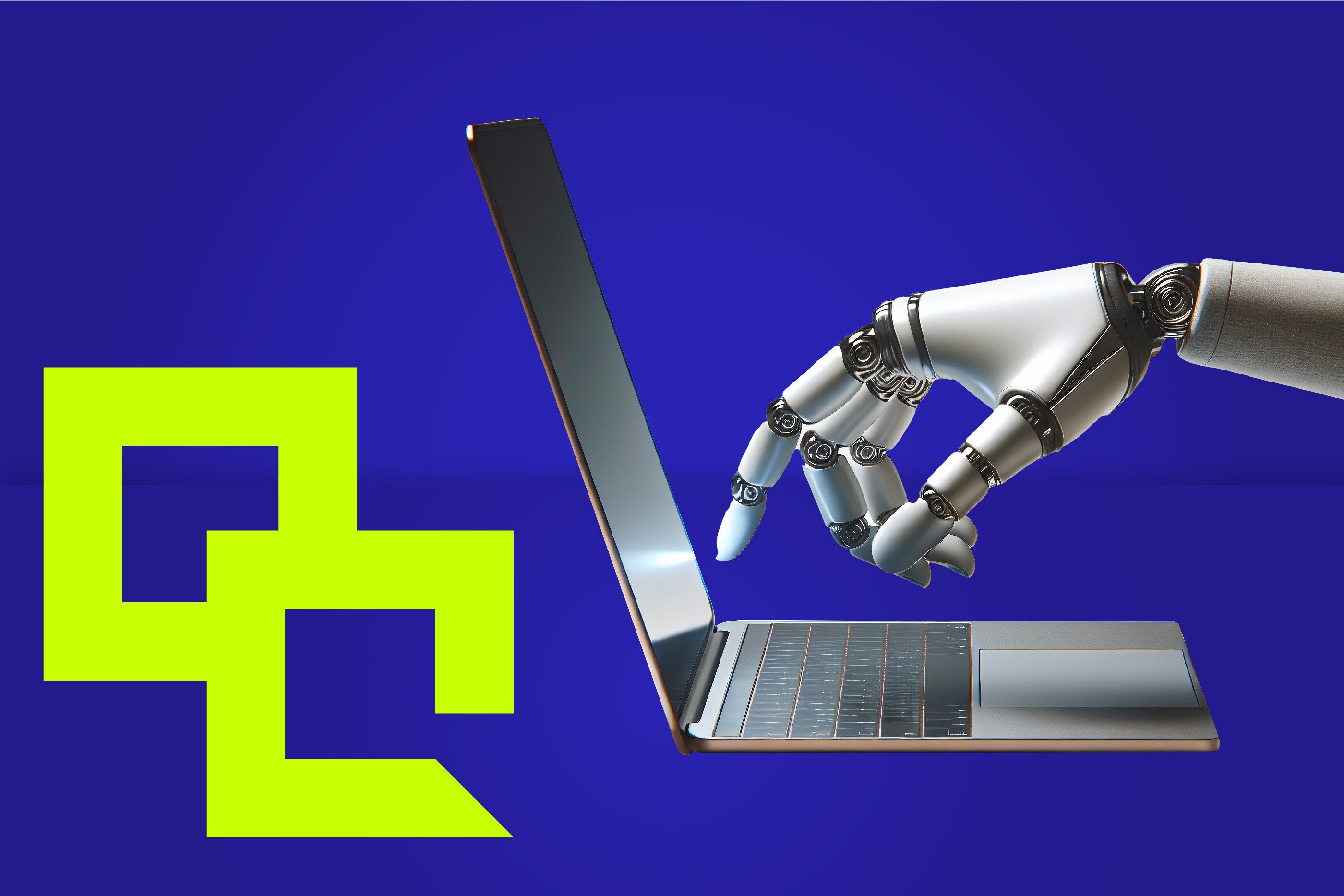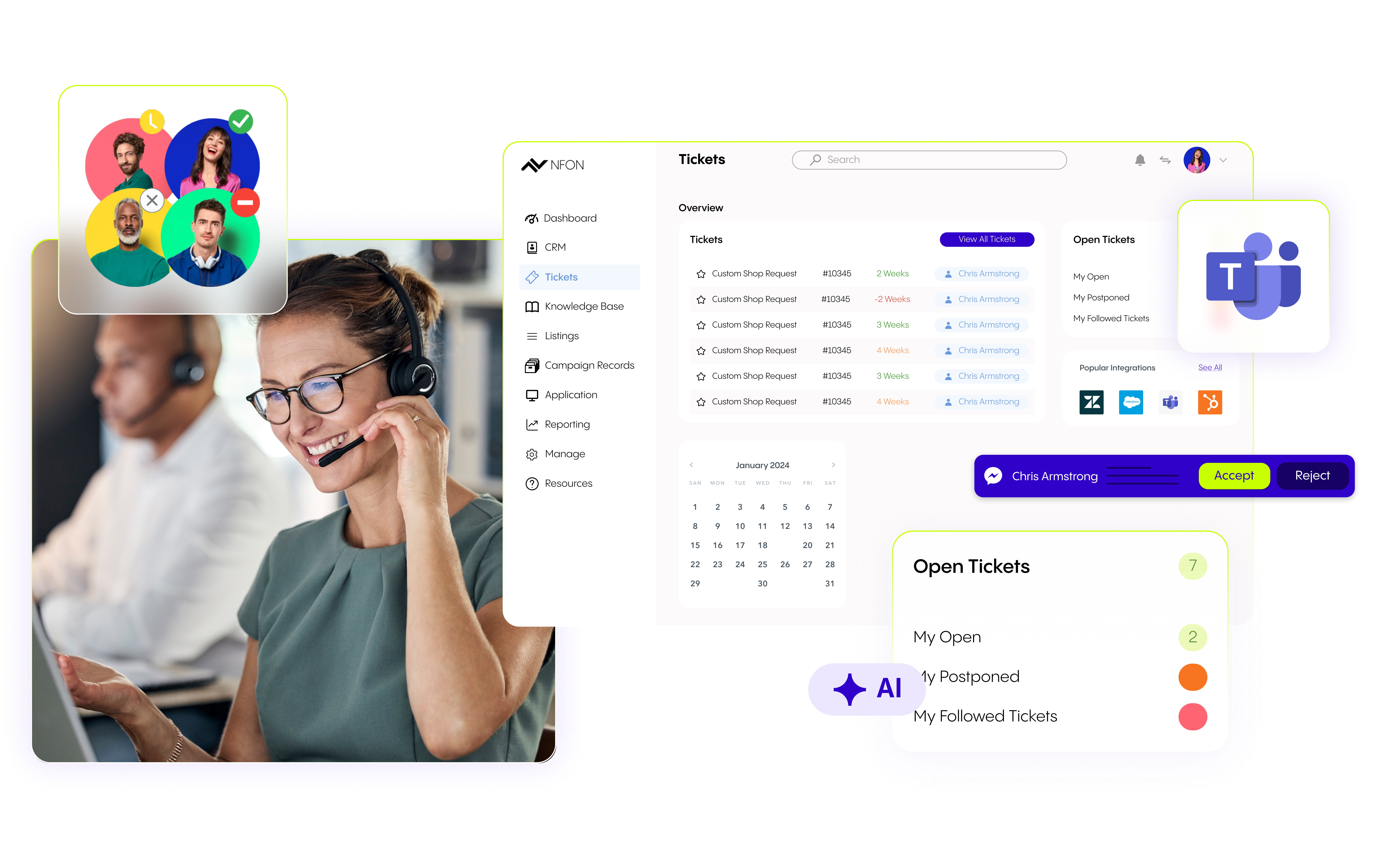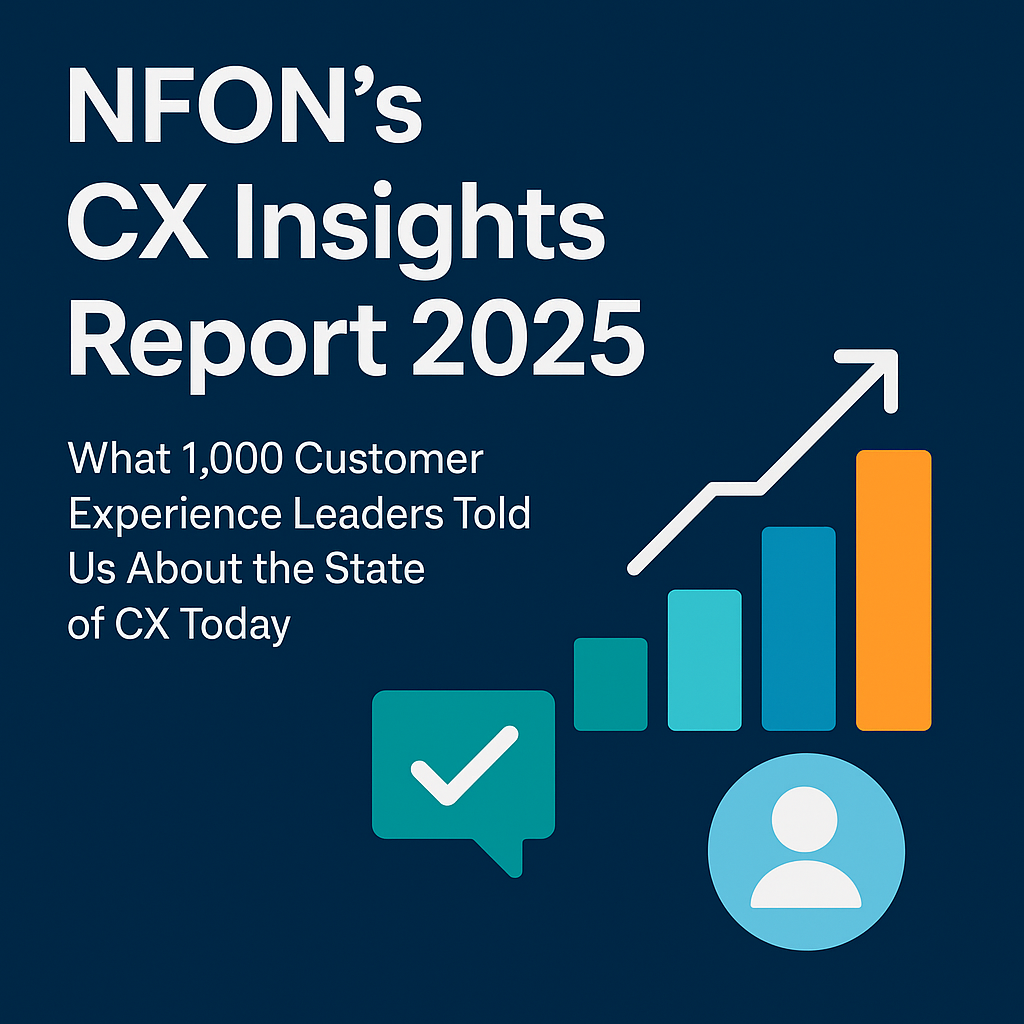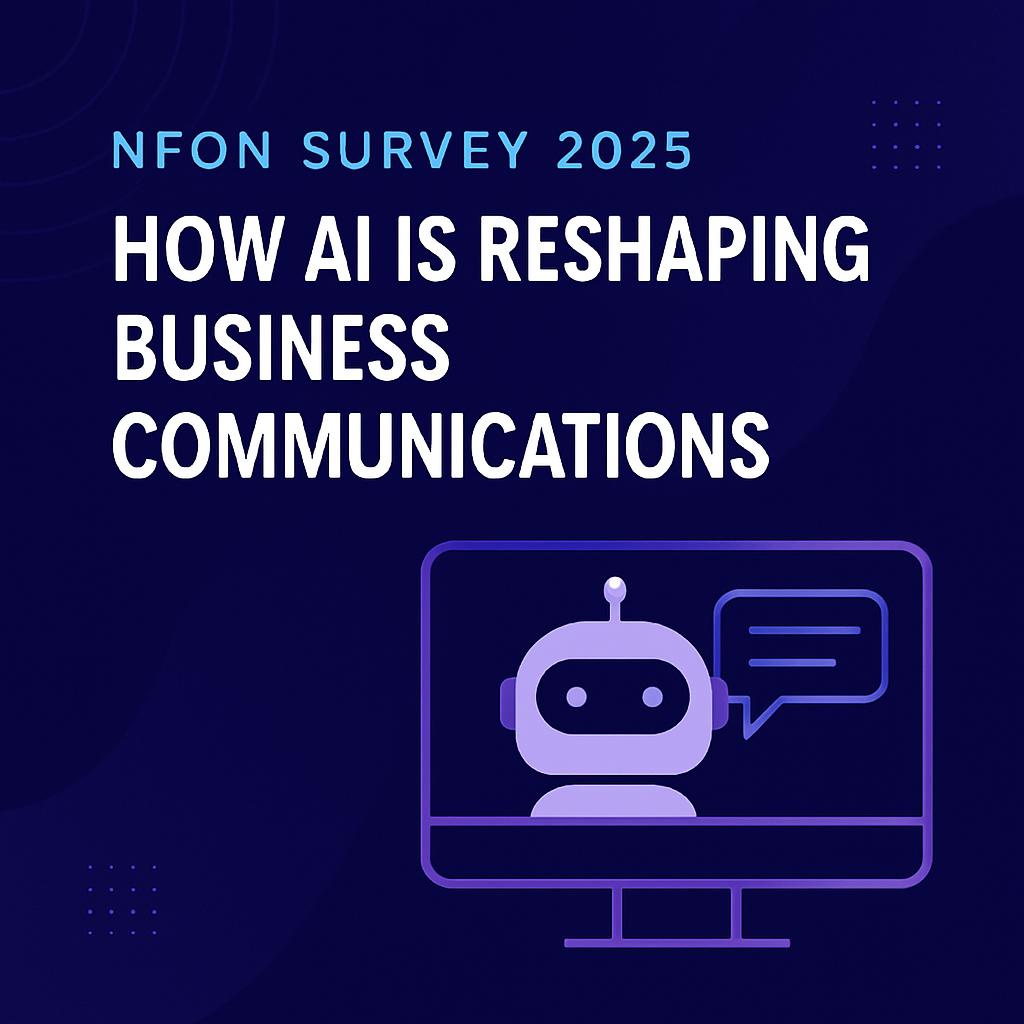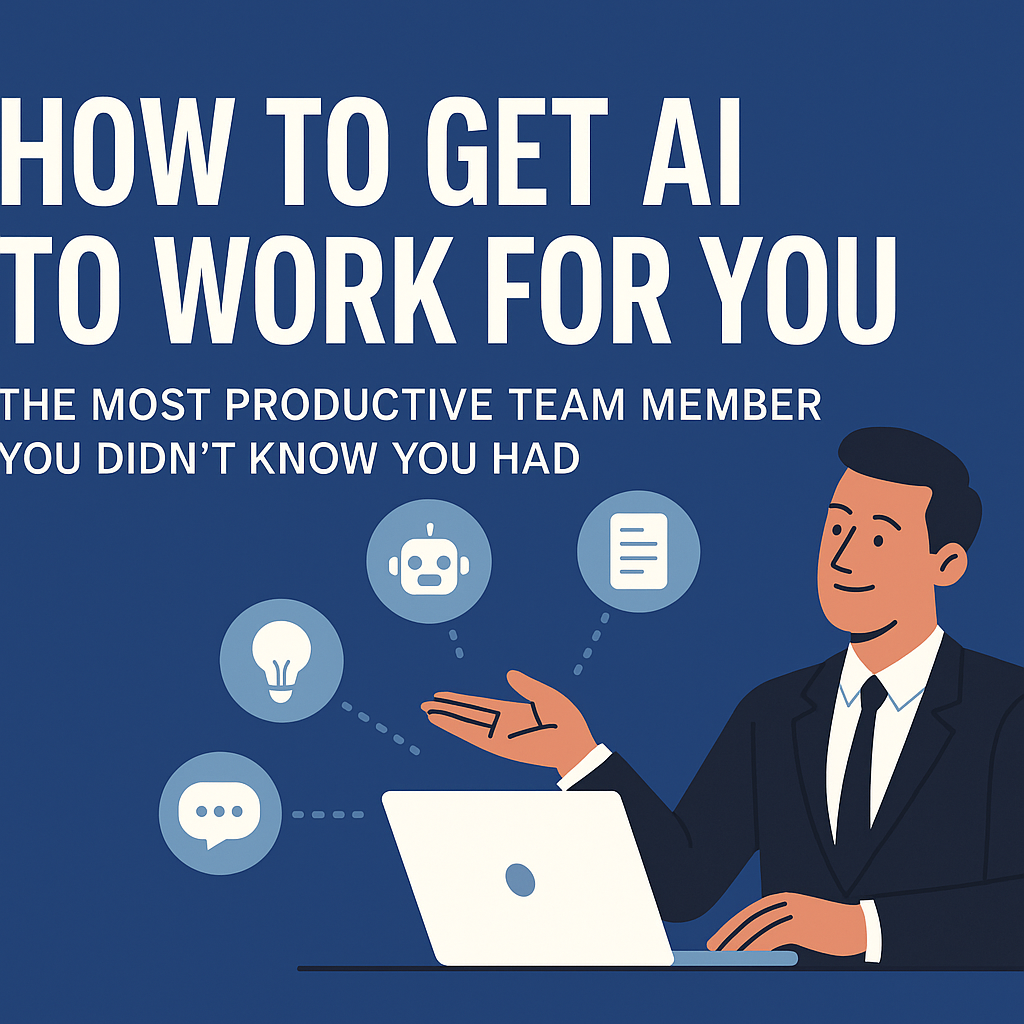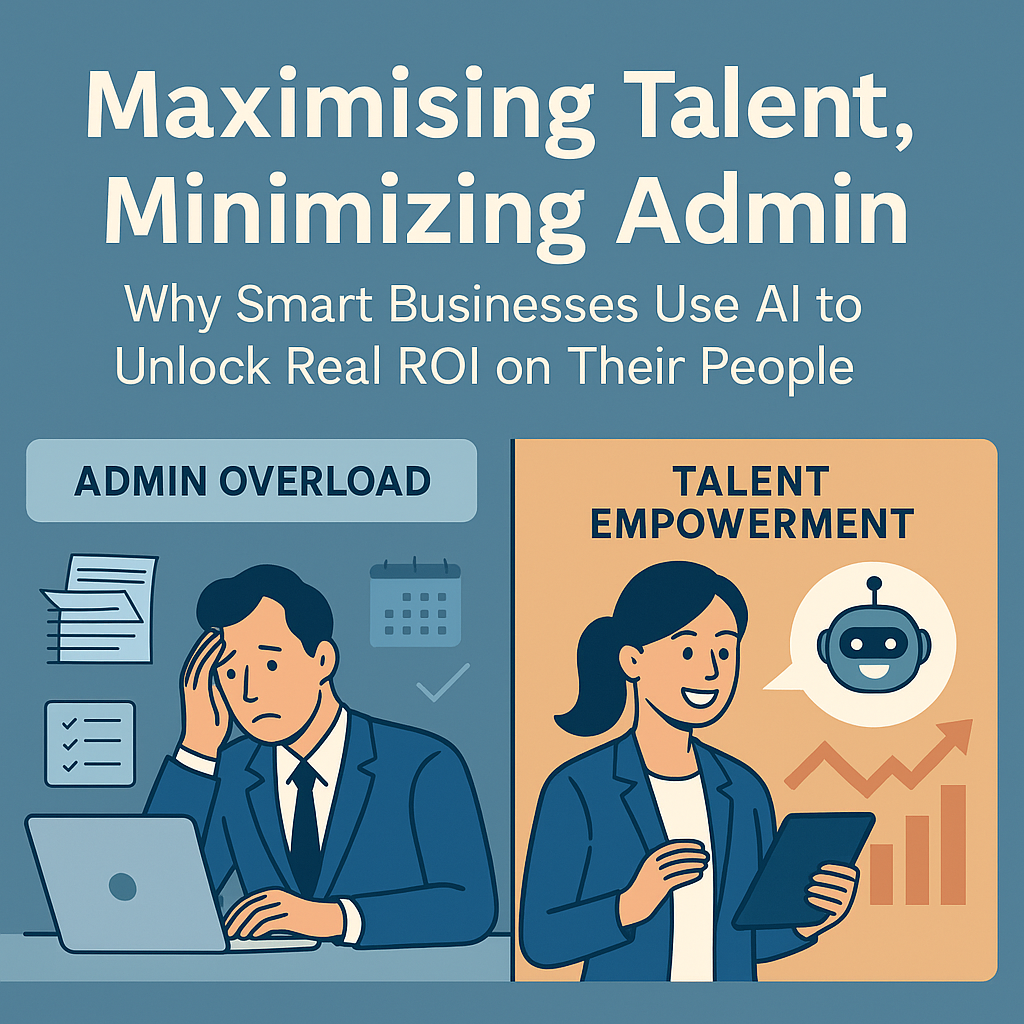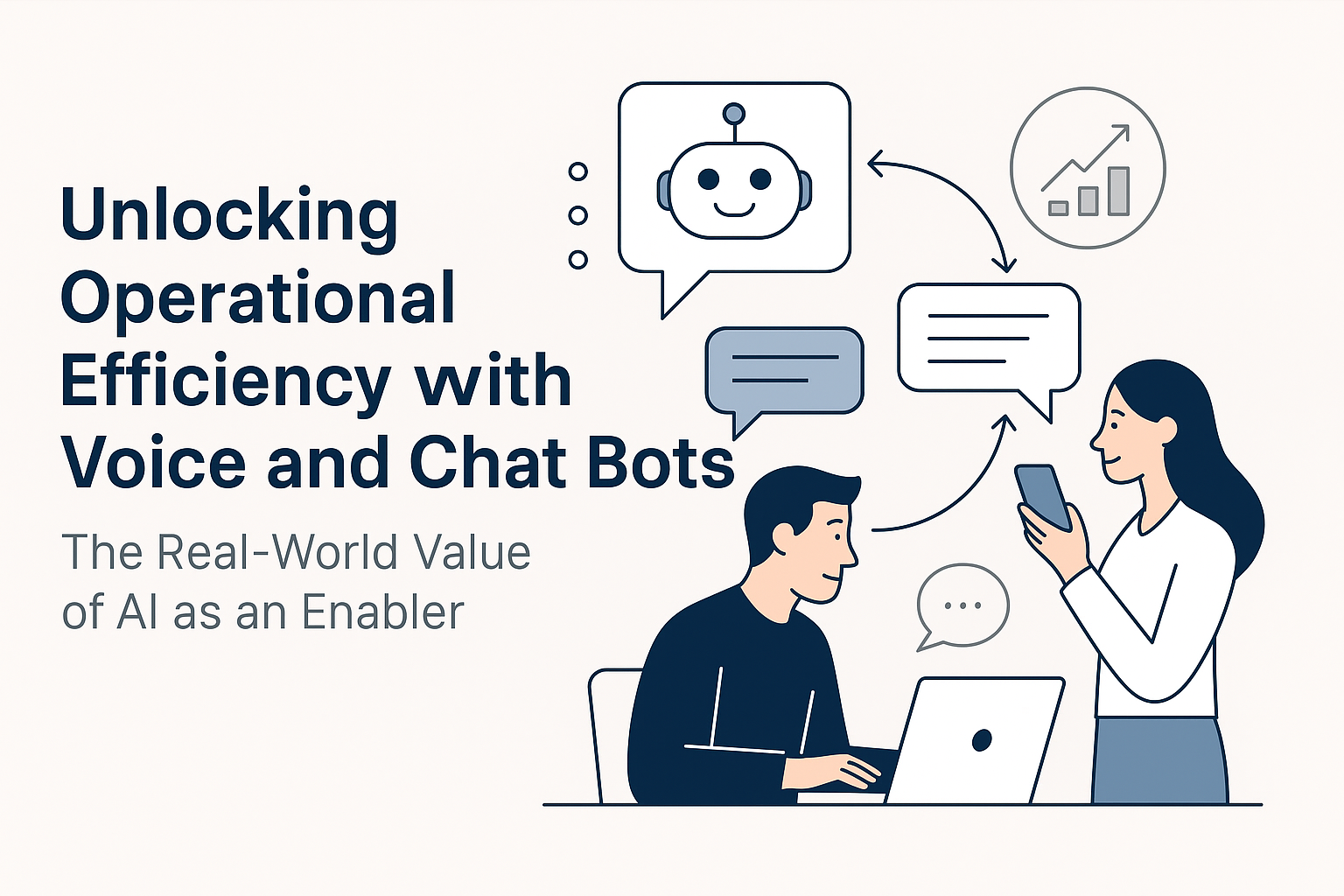Introduction: The AI Dilemma
In the face of rising operational costs, many businesses are turning to Artificial Intelligence (AI) to streamline their processes and reduce expenses. From automating customer service to deploying AI-powered financial reporting, it's tempting to see AI as the magic bullet for cost efficiency. However, while replacing certain business functions with AI can lead to immediate savings, it also comes with potential drawbacks that could ultimately become a false economy. In this blog, we'll explore the pros and cons of leveraging AI to replace business functions, highlight real-world examples, and discuss why cost-saving efforts might backfire.
The Pros of Replacing Business Functions with AI.
Cost Reduction
The most obvious advantage of AI automation is cost savings. By automating repetitive tasks, businesses can reduce payroll expenses, minimise human error, and operate more efficiently. For example, automating data entry or invoice processing using AI-powered tools can eliminate the need for manual labour, saving thousands in salaries and reducing costly mistakes.
Example: Companies like Xero and QuickBooks leverage AI to automate bookkeeping and expense management, significantly reducing the time and cost associated with manual financial processing.
Increased Efficiency and Productivity
AI systems can work around the clock, processing large volumes of data faster than humans ever could. This leads to higher productivity and quicker turnaround times. Automated customer support chatbots, for instance, can handle thousands of customer inquiries simultaneously, reducing wait times and improving customer satisfaction.
Example: Zendesk and Intercom use AI-driven chatbots to manage customer support inquiries, allowing businesses to scale their customer service without hiring additional staff.
Data-Driven Decision Making
AI excels at analysing vast datasets to uncover patterns, trends, and insights that humans might miss. By integrating AI into business intelligence functions, companies can make data-driven decisions faster, optimise their strategies, and gain a competitive edge.
Example: Retail giants like Amazon use AI algorithms to analyse customer data and optimise their inventory management, pricing strategies, and product recommendations.
The Cons of Replacing Business Functions with AI.
Loss of the Human Touch
While AI can handle routine tasks, it often lacks the empathy and nuance that human interaction provides. Customer service is a prime example: while AI chatbots can answer basic inquiries, they may struggle with complex or emotionally charged situations, potentially alienating customers.
Example: Airlines and banks that rely heavily on AI-driven customer support have faced criticism for failing to resolve issues that require a human touch, leading to customer dissatisfaction and brand damage.
High Initial Investment
Implementing AI systems can require substantial upfront investment, including software licenses, data integration, and staff training. While there may be long-term savings, the initial costs can be prohibitive for smaller businesses, making the return on investment (ROI) uncertain.
Example: Many small businesses that attempted to deploy AI for marketing automation during the COVID-19 pandemic found the costs unsustainable, forcing them to revert to manual processes.
Potential for Job Displacement and Morale Issues
Replacing human roles with AI can lead to job losses, which might damage company morale and create a negative public image. While AI can handle repetitive tasks, it may inadvertently push skilled employees out of their jobs, leading to resentment and disengagement among remaining staff.
Example: Companies that rapidly implemented AI-driven systems during the pandemic faced backlash for laying off employees, leading to public relations crises and diminished employee loyalty.
Risk of Over-Reliance and Lack of Flexibility
AI systems are only as good as the data they are trained on. Over-relying on AI can result in businesses being caught off guard by unexpected changes or anomalies that AI models aren't programmed to recognise. This rigidity can be a significant drawback in industries that require adaptability and creative problem-solving.
Example: In 2020, several financial institutions faced challenges when their AI-based trading algorithms failed to adapt to sudden market volatility, leading to significant losses.
Balancing the Scale: Why AI Might Be a False Economy
While AI offers the promise of cost savings, it can be a double-edged sword. Businesses that replace too many functions with AI might find themselves sacrificing quality, customer loyalty, or employee satisfaction in pursuit of short-term gains.
Consider this scenario: A company replaces its entire customer service team with AI chatbots to cut costs. Initially, the savings are significant, and the response time to customer inquiries improves. However, as more customers encounter frustrating interactions with the bots over complex issues, the company's reputation suffers, leading to a decline in customer retention. The cost of acquiring new customers to replace those lost may outweigh the initial savings, turning the cost-cutting measure into a false economy.
On the other hand, when used strategically, AI can indeed boost efficiency and reduce costs without sacrificing quality. The key is to use AI as a complement to human capabilities rather than a wholesale replacement. For example, integrating AI into data analysis can free up human employees to focus on strategic tasks that require creativity and emotional intelligence.
Conclusion: AI as an Enabler, Not a Replacement
Replacing certain business functions with AI can deliver significant cost savings and efficiencies, but it's not a one-size-fits-all solution. The decision to automate should be carefully considered, with an understanding of both the potential benefits and the risks involved. By striking a balance—using AI to enhance, not replace human capabilities—businesses can unlock value without falling into the trap of false economies.
Final Thought: In the rush to cut costs, don't lose sight of what makes your business unique: its people. AI can handle the heavy lifting, but it's your employees who bring the creativity, empathy, and relationship-building that AI simply can't replicate.
By understanding both the opportunities and pitfalls of AI adoption, businesses can make informed decisions that support sustainable growth. Whether you're looking to automate customer service, streamline operations, or optimise data analysis, the future lies not in replacing humans, but in empowering them with AI.
NFON provides a range of AI-enabled business communication solutions, like Contact Center Hub (CCHub), our totally awesome cloud contact centre (designed especially for small teams) packed with an ever growing list of intelligent AI features, helping your agents get on with the good stuff like providing stellar customer experience and service, by taking care of those pesky repetitive jobs that no one likes doing, like summarising tickets. Check it out here!
Full disclosure: This blog was written entirely by ChatGPT, initially. It saved a lot of time doing so. However, it then had to be thoroughly checked by a living breathing sometimes grumpy mostly sober human-bean who spent time (not as much time as doing it all from scratch to be fair) fact checking and editing, proving our conclusion that AI is a great enabler, but it will be "Star Trek" times before it truly replaces the need for the human touch - if then!
